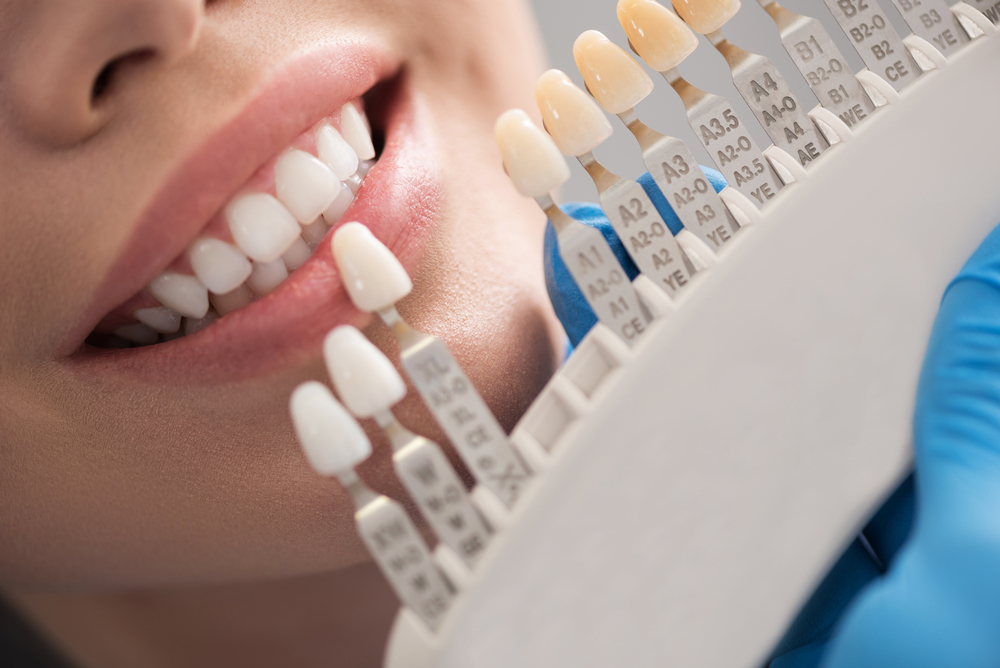Veneers and crowns are both types of restorative procedures that can restore the appearance of a patient’s smile. Both have been shown to enhance the appearance and functionality of your teeth. Because they appear to have the same capabilities, many individuals mistake veneers and crowns for each other. However, while these two approaches may appear similar, they have significant differences. To determine the most appropriate dental restoration method for you, Rentschler And Rhee can provide a brief overview of the differences between veneers and crowns, how they function, and when each method is appropriate.
Veneers
Veneers are composed of several thin layers of porcelain that are resistant to stains, typically having a thickness of around one millimeter. They’re a dental procedure that is cosmetic but noninvasive. They still possess most of your existing teeth. They’re specifically crafted to accommodate each patient’s teeth, so they securely cover the front of the tooth. To prepare your tooth for a porcelain veneer, your dentist will remove about a half millimeter of enamel on the front of your tooth, this will facilitate the veneer’s adherence, as the cement will have the greatest success on a rougher surface. However, the volume of enamel that must be removed varies based on the type of veneer. It’s crucial to understand that a veneer can only be applied to a tooth that already has a large amount of enamel on it.
Crowns
To put on the crown, more of the tooth’s original surface must be lost. They are typically used to mend teeth that have been damaged by decay, cracks, or fractures. If the decay is the cause of your dental crown, your dentist will have to remove the decayed material and, possibly, reconstruct the tooth to accommodate it. Dental crowns are typically made of porcelain, a ceramic material, PFM, or an all-metal composition. Your dentist will construct the crown to exactly correspond with your tooth, then affix it to the tooth.
Which Is Right For You?
Since veneers and crowns seem to have the same primary purpose, can they be utilized interchangeably? The quickest answer is no. Your options for treatment will depend on your specific situation. Dental crowns are typically the most effective option if your tooth is severely damaged, has a large filling, or has undergone a root canal because the tooth enamel is already compromised and needs to be more thoroughly protected. Porcelain veneers are primarily intended to enhance the appearance.
The Difference Between The Two
The primary distinction between veneers and crowns is how they fit your tooth and why they are necessary.
Veneers:
- affixed to only the front surface of your tooth
- more visually appealing because they lack a more significant amount of gumline
- may need to be replaced after a specific number of years has passed
Crown:
- covers your entire tooth
- heavier and more lasting
- can typically last for the majority of your life
Except for all-metal crowns, both are colored to match your teeth. They can also improve the functionality of your smile and the health of your teeth. These procedures are expensive, especially when multiple teeth are harmed.
Think you would be benefited from either? Rentschler And Rhee can assist you in determining the most effective treatment option for you. Whether you want your tooth to be completely rebuilt with a crown or simply want to enhance the appearance of your smile with a porcelain-like set of dental veneers, we can provide you with the dental care and cosmetic procedures necessary to have a healthy, beautiful smile. Book your appointment, and call us at 951-735-2608.

